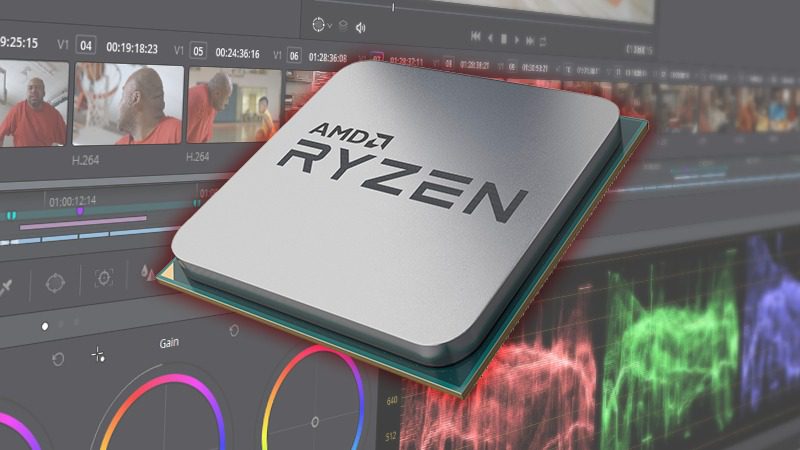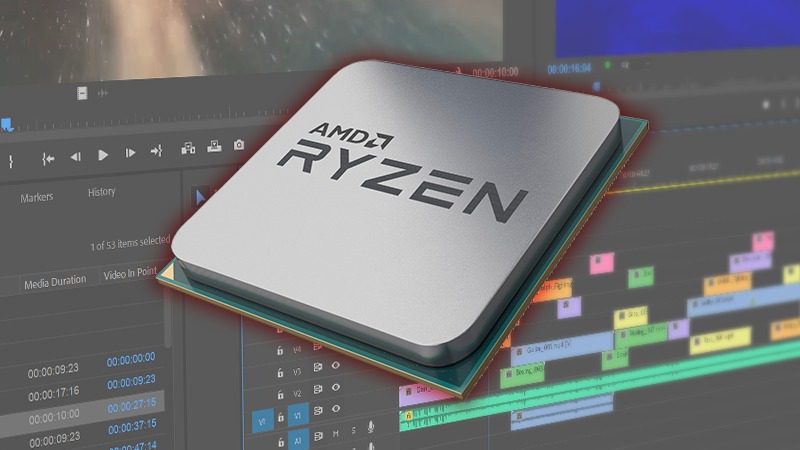Intel updated their workstation-oriented Xeon W processor line recently, using technology from the high-performance Xeon Scalable series. This means more cores in a single-socket platform than Intel has offered before, and since high core count usually translates to fast rendering speeds we are taking a look at how these new CPUs do in Cinema 4D’s native renderer.














